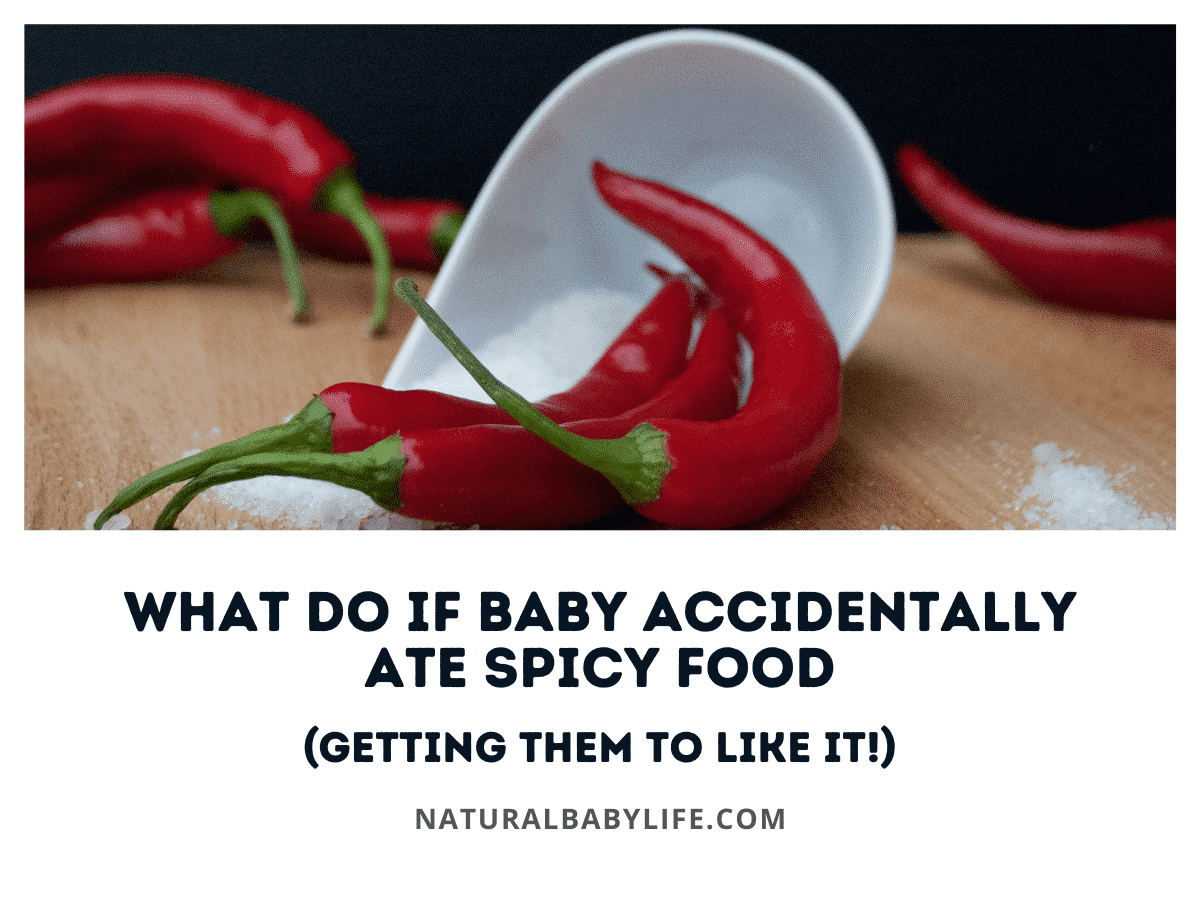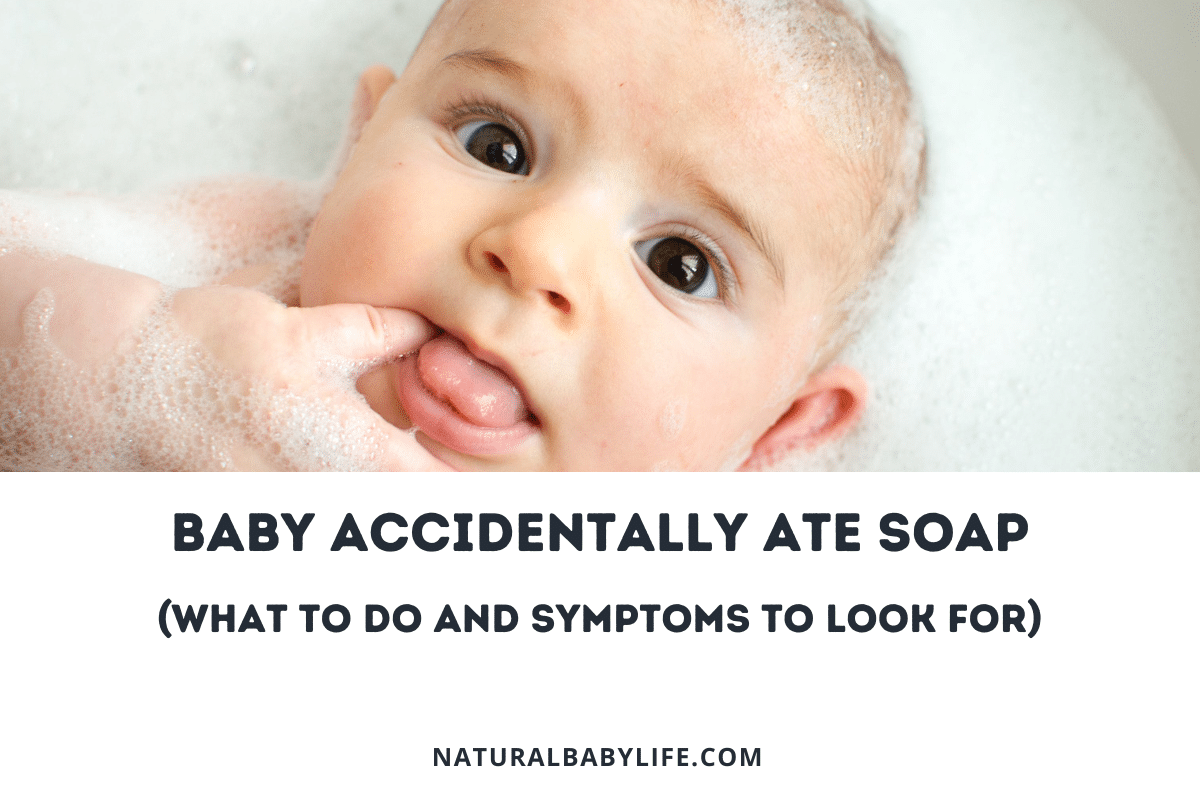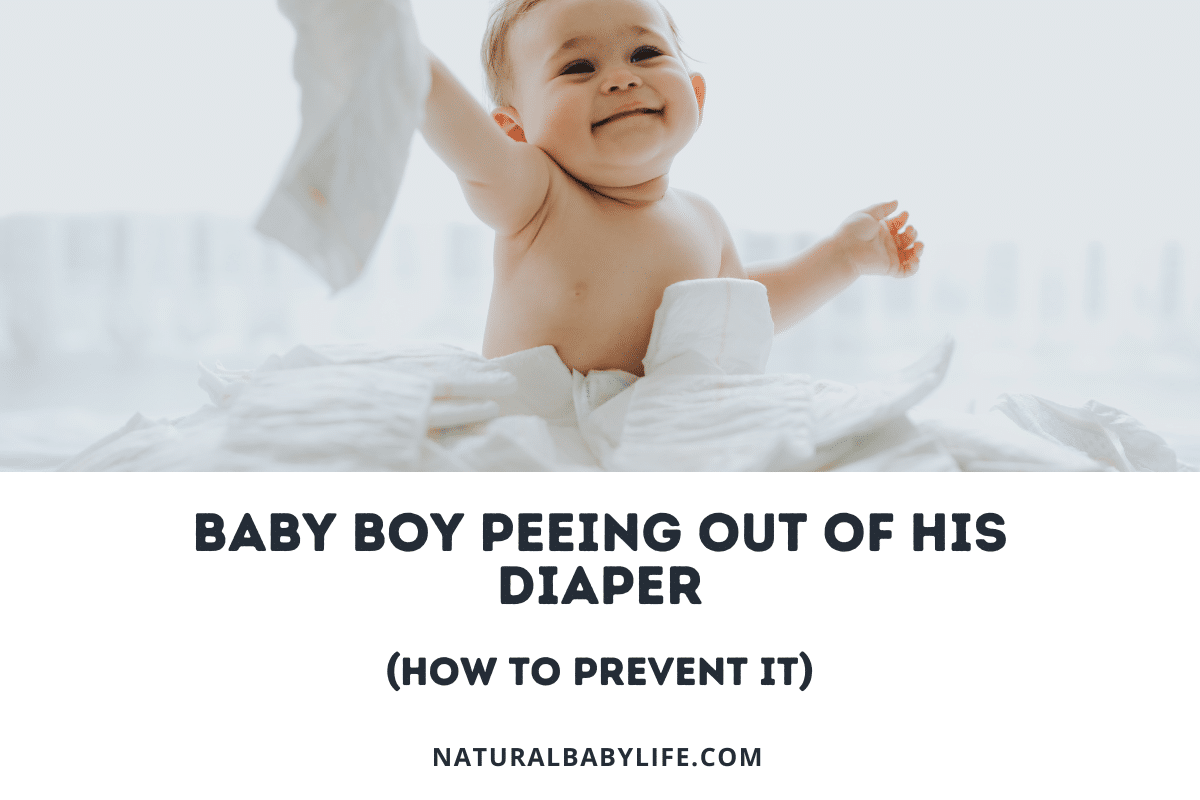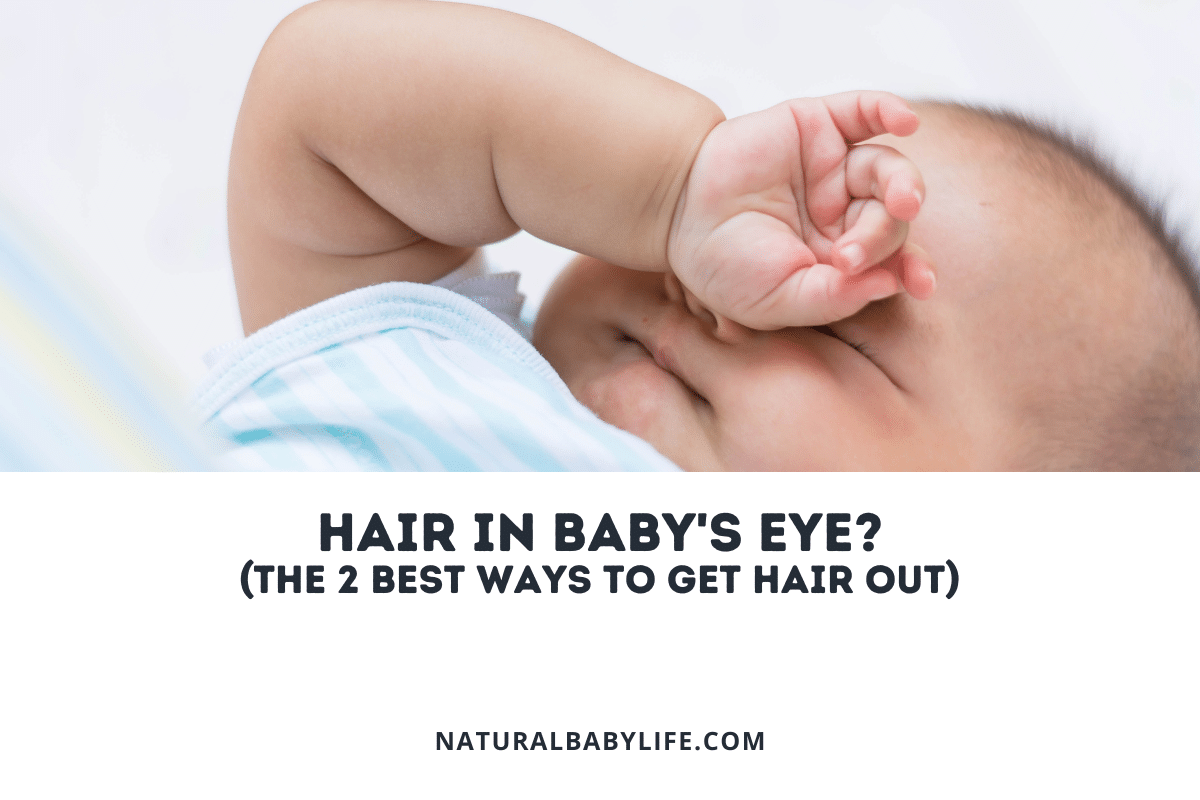Baby food doesn’t have to be bland (although your grandmother may disagree!). In fact, over the past several years, pediatricians have begun to encourage parents to feed their children more flavorful foods starting from an early age. But what happens if your baby accidentally eats something really spicy?
While most traditional baby foods are very mild, babies are able to process and enjoy lightly spiced foods as soon as they start eating solids. Cinnamon, onion, and garlic are good starting points before introducing stronger spices. If your baby gets into spicy food, dairy-based products like milk, formula, or yogurt can help soothe the burn.
Keep reading to learn when it’s okay to begin feeding your baby spicy food, and discover tips and tricks that will help the process go smoothly.
Table of Contents
Is it okay that my baby ate spicy food?
According to most current pediatrician recommendations, it’s totally fine for your baby to eat spicy food!
‘Spicy’ food usually falls into two main categories: food that feels ‘hot’ in the mouth (like peppers, ginger, and even onion) and ‘spiced’ foods (such as cinnamon, nutmeg, basil, oregano, etc.) Both spicy and spiced foods are okay for babies to eat, and adding common cooking spices to your little one’s meals can even boost the nutritional content of the meal.
As soon as your baby begins eating solid foods, they can start testing out different spices. You can sprinkle a bit of cinnamon on your little one’s rice or oatmeal, or add some basil to their scrambled eggs.
Whenever you introduce a new food, it’s important to give your baby’s tummy some time to get used to it. The same goes for spices; when you introduce a new spice to your little one’s diet, give it a few days before testing out another new spice or food. Staggered start times will help your baby’s belly acclimate, and will make it easier for you to identify any allergies your baby might have. And make sure you’re only feeding your baby fresh or newly-dried spices. Older bottles of dried herbs and spices are more likely to contain dangerous bacteria, which can make your child sick.
If your little one ate something particularly ‘hot,’ they may not like it at first. Make sure you have a bottle of milk or formula handy; the dairy in the drink will help counteract the spiciness of the food and give your baby some relief.
When can babies eat spicy foods
Pediatricians currently recommend that babies wait until their 6-month birthday before testing out solid foods. At the 6-month mark, babies’ digestive systems are developed enough to handle small amounts of real food.
Parents are encouraged to introduce flavorful and textural foods to their child through a process known as ‘baby-led-weaning.’ Rather than sticking to the standard rice cereals and pureed baby foods, baby-led-weaning helps encourage babies to explore different types of food.
Not only does this process help your little one develop a diverse palate, but it also helps your baby improve their fine motor skills as they practice self-feeding.
As you introduce new solid foods, it’s fine to add a bit of flavoring to your baby’s meals. It’s best to start small: a dash of cinnamon on top of some mashed banana, or some onion or garlic mixed into your little one’s meat or vegetables. If your child likes the added flavor, you can slowly add in some ‘hot’ spices, like black pepper or ginger.
Don’t hand your 6-month-old a full ghost pepper (that’s just mean, not to mention unsafe); rather, slowly build up the heat as you help your baby experiment with different flavors.
When do other cultures start feeding babies spicy foods
In the United States, bland baby food has been the rule for ages.
While this cultural tradition probably originated with the popularity of canned baby food (which is usually bland due to the canning process), recent years have seen a surge in parents giving their babies a varied assortment of flavored foods.
But around the world, spicy and spiced foods have been a baby staple for generations:
- Japan – While younger babies or often given steamed, deboned fish, older babies get to try their first sushi roll, often paired with wasabi: a super-hot, horseradish-esque condiment. And even young babies are given salty udon noodles and melt-in-your-mouth seaweed for snacks.
- South Korea – Kimchi (a spicy, fermented vegetable dish) is a popular snack or side dish given by Korean parents to their children. To tone down the heat, kimchi can be rinsed in water to dilute the intensity.
- China – Garlic, soy, ginger, and sesame oil are staples of Chinese cuisine, and they make their way into Chinese baby food as well.
- India – If you’ve ever had curry, you probably know that Indian babies get plenty of spice. Cumin, cinnamon, and turmeric are all great early spices, and are sometimes mixed with yogurt to help tone down any heat.
- Thailand – In Thailand, it’s believed that feeding your child rice with small bananas as a first food will help your little one grow up strong and healthy. Herbs and spices like garlic, lime, pepper, and lemongrass are all common in baby food.
- Spain – Paella is a popular family dish that centers around the valuable spice, saffron. Paella is good for young babies, as it’s a rice-based dish that also incorporates meat, seafood and/or vegetables.
- Mexico – In Mexico, a popular spice blend called achiote is used to season just about anything: chicken, rice, avocado, you name it. Achiote is a blend of annatto seed, garlic, oregano, cinnamon, nutmeg, and vinegar, so it can really pack a punch.
In most cultures, babies are fed solid foods beginning around their 6-month birthday. As children get older, the heat level of their food is increased, but a gentle introduction to flavor is a long-held tradition that has worked for cultures around the world.
Will eating spicy foods hurt baby?
If you’ve ever eaten something extra spicy, you know it can feel like your tongue is literally on fire. That burning sensation is caused by an oil-based molecule called capsaicin, which triggers the pain receptors in your mouth that normally register hot temperatures.
Most capsaicin-containing foods (peppers, cinnamon, and even cilantro) might make your baby’s mouth feel like it’s hurting but won’t cause any actual damage. With that being said, you don’t want to cause your baby pain, so you should avoid feeding her extra spicy foods. Introduce your baby to spice slowly, and let her body become adjusted to different capsaicin levels. The more she eats spicy foods, the more her body will adjust and enjoy the flavor without feeling the pain.
Although capsaicin levels in food usually don’t cause damage, your baby might still exhibit some of the following responses to spicy foods:
- Crying/Sticking out her tongue – This is often caused by the capsaicin levels in food being too high (or your baby disliking the flavor of a milder spice).
- Sweating/flushing – Lots of spicy food can trigger sweating and flushed cheeks, as the body thinks it needs to cool down in response to the added warmth.
- Acid reflux – Spicy foods can cause your baby to spit up or develop gas and/or heartburn.
- Diarrhea – Lots of spice can irritate a baby’s still-sensitive tummy, especially if they aren’t used to it.
- Other varied side effects – Some herbs and spices shouldn’t be given in large quantities to young children. Large amounts of nutmeg, for example, can cause hallucinations. Small, cooking amounts are usually fine for most herbs, but you may want to double-check with your pediatrician before feeding your baby a new spice or herb you haven’t tried before.
Can baby have an allergic reaction to spicy food?
Yes, anyone (including babies) can develop an allergy to any type of food.
Allergic reactions to spices and herbs usually cause swelling and itching around the lips and tongue.
Some of the most common allergy-inducing herbs and spices include hibiscus, dandelion, artichoke, Echinacea, ragweed, parsley, fennel, cumin, coriander, celery, and anis.
Can eating fresh spices hurt baby?
Fresh spices have the wonderful benefit of extra nutrients for your baby. But some fresh spices might actually be dangerous for your child to eat.
Unwashed herbs commonly used in cooking (such as basil) can have pesticides or diseases such as salmonella lurking on their leaves. And fresh peppers can release oil filled with the pain-triggering molecule, capsaicin.
If hot pepper oil gets on your little one’s hands, she may accidentally rub it in her eyes, which can definitely hurt.
Can eating dried spices hurt baby?
The big danger with dried spices is that they might be harboring harmful mold or bacteria.
Many families keep bottles of dried spices in the cabinet for years, which greatly increases the chance that they can make your little one sick. Babies’ immune systems are still developing, which means that even slightly-questionable food can make them extremely ill.
If you do use dried spices and herbs, make sure you check the expiration date on the bottle to make sure they’re safe for your baby to eat.
What should you do if baby eats spicy foods
If your baby accidentally eats something extra spicy, she’ll probably let you know, usually by crying or pulling at her mouth.
While small amounts of spice aren’t harmful, extra-concentrated levels of capsaicin, a compound found in many spicy foods, can cause intense discomfort. Some susceptible people can even exhibit respiratory distress or an asthma attack when exposed to too much capsaicin.
If your baby eats spicy food, her mouth will probably feel like it’s burning.
To alleviate the burning sensation, try the following:
- Dairy – The best solution for spicy foods is to offer your baby small sips of milk, breastmilk, or formula. Many milk-based products contain casein, a protein that helps break down the capsaicin that causes the burning sensation after eating something spicy. If your baby is older than 6 months, yogurt is another excellent remedy.
- Acid – Because capsaicin is an alkaline molecule, acidic foods can help neutralize its activity. Orange juice, lemonade, and tomatoes can all help.
- Carbohydrates – While carbs don’t chemically negate the effect of capsaicin, they can act as a nice barrier between the molecule and your baby’s mouth. Bread or a piece of tortilla are good solutions, and rice works well for younger babies.
If your baby seems to be experiencing other symptoms or refuses to be comforted, call Poison Control at 1-800-222-1222 or visit their website for online help.
If your baby is having trouble breathing after eating spicy foods, call 911.
What should you do if baby gets spice in eyes
The chemical capsaicin can be found in several spicy foods, including peppers, cinnamon, and even cilantro.
If your baby gets capsaicin, or any sort of spice, in their eye, it can lead to eye-watering, redness, and intense pain. You’ll want to remove the spicy substance immediately to help alleviate your baby’s discomfort. Using lots of warm water, flush your baby’s eyes out for 15 minutes. After the eye area has been cleaned, cool compresses can help bring down any residual redness or swelling around the eye.
Call Poison Control at 1-800-222-1222 or visit their website if you need additional help.
How to get baby to like spicy foods
If you and your partner love spicy foods, you’re probably hoping your little one will also be a spice-aficionado. If you’re trying to ease your baby into the marvelous world of spices, there are a few things to keep in mind. Most importantly, don’t give your baby an entire ghost pepper for their first attempt at spicy foods.
Start with small amounts of mild spices, then build your way up to the intense stuff. The earlier you start exposing your baby to spice, the better, so don’t be afraid to sprinkle some cinnamon on their first bowl of rice cereal.
And once you’ve begun your spice journey, show your baby what the world of flavor has to offer!
Start small
Even if you love spicy food, there’s probably a point where it just gets too spicy for you. Now imagine you’re a baby, still new to the world of flavor, and your taste buds are hit with the crazy burn of a jalapeno pepper. Doesn’t sound so nice, does it?
If you want your baby to like spicy foods, you should ease them into it. Start with mild spices (cinnamon and nutmeg are excellent), and then build up.
There’s even something called the Scoville Scale, which shows you exactly how hot different types of peppers are. Work your way up the list, but give your baby plenty of time to acclimate to the added heat. And if your baby just refuses to eat any more spice, don’t press the issue.
Start early
The food your baby is exposed to early in life can influence their taste preferences for years to come.
Even some of the flavors that mom eats can pass through breast milk and influence her baby’s food preferences. That means if you want your baby to like spicy food, mom should eat plenty of it while she’s nursing. And as soon as your little one is able to eat solids, start sprinkling in plenty of flavor throughout your child’s first meals.
Eat the same meal
The best way to ensure your baby likes the same food you do is to feed them what you eat (or variations of it).
Once your child starts eating solids, offer them parts of your meal that they can eat safely. And if you’re having something spicy, try making a small portion of the meal that’s less intense for your baby to try. As your baby gets older, ease them into eating the exact same food as you and your partner.
Mix it up
If your baby doesn’t seem to like one type of spice, don’t be afraid to branch out.
In some cases, your child might not like the flavor of a certain spice, but that doesn’t mean all spices and flavors are off the table. And if spices (cinnamon, pepper, curry powder, etc) just aren’t working, try expanding into the herbs. Basil and oregano provide lots of good flavor and nutrition, with a lot less of the ‘spicy’ feel.
Keep trying
Babies’ taste buds are still developing, and it can take them several tries at a food before they’ve decided whether they like it or not.
Experts recommend offering your child a new flavor at least eight times before giving up on it.
And even if your 1-year-old doesn’t like spicy foods, he may change his mind at some point as he grows up. Keep trying, and strive to provide your child with plenty of opportunities to explore new foods and new flavors.










